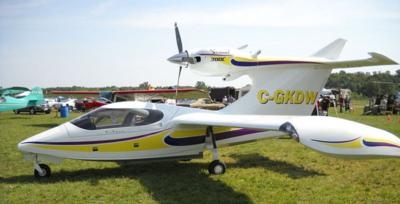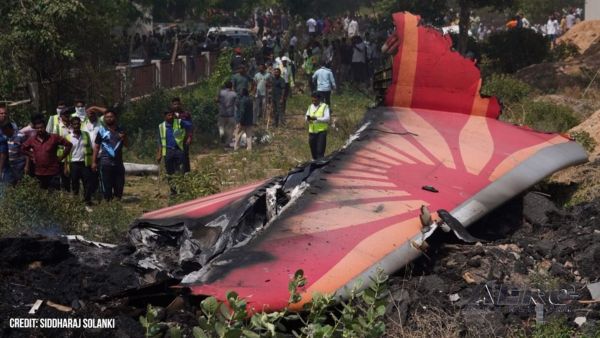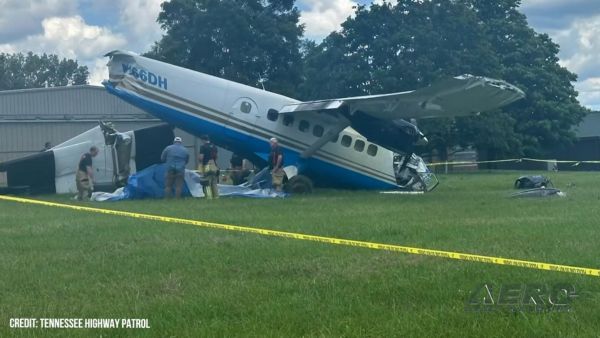Tue, Jan 15, 2013
Advertisement
More News
 ANN's Daily Aero-Term (06.12.25): Secondary Radar/Radar Beacon (ATCRBS)
ANN's Daily Aero-Term (06.12.25): Secondary Radar/Radar Beacon (ATCRBS)
Secondary Radar/Radar Beacon (ATCRBS) A radar system in which the object to be detected is fitted with cooperative equipment in the form of a radio receiver/transmitter (transponde>[...]
 ANN's Daily Aero-Linx (06.12.25)
ANN's Daily Aero-Linx (06.12.25)
Aero Linx: Fairchild Club Home of Fairchild owners, pilots and enthusiasts. You need not own a Fairchild to be part of our Club and share our enthusiasm for the Airplanes. To Join >[...]
 NTSB Final Report: Just Highlander
NTSB Final Report: Just Highlander
Airplane Was On Short Final To Land On A Grass Airstrip, Close To The Ground, The Wing Flaps Retracted From 40° To 0° Uncommanded Analysis: The pilot reported that when the>[...]
 ANN FAQ: How Do I Become A News Spy?
ANN FAQ: How Do I Become A News Spy?
We're Everywhere... Thanks To You! Even with the vast resources and incredibly far-reaching scope of the Aero-News Network, every now and then a story that should be reported on sl>[...]
 Airborne Affordable Flyers 06.12.25: Sonex High-Wing, Stunning 'RV916', VoltAero
Airborne Affordable Flyers 06.12.25: Sonex High-Wing, Stunning 'RV916', VoltAero
Also: Women’s Air Race Classic, Sensenich 100K, ‘Premature’ GAMI G100UL Motion, Quicksilver Ultralights Sonex Aircraft announced that its high-wing prototype airc>[...]
blog comments powered by Disqus




